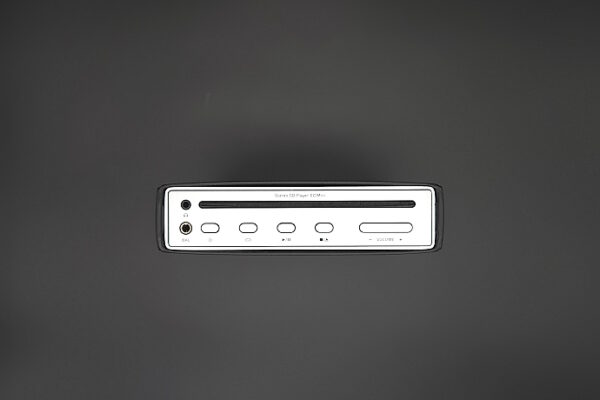The RSA Shadow is one of the most highly anticipated amplifier to be released to the headphone community. It all started back in May, with a little write up on Ray Samuels front page that reads:
Last year I received a PM from a head-fier gbx2006 who sent this link aaroncake.net/circuits/volume.asp and asked me if I would consider digital volume control to make the P-51 even thinner. I told him I was already working on it but with a control with higher quality and usability for audio than in the link, and it was called The Shadow.
If you think the Emmeline P-51, Mustang, is very, very small, think again. The new volume control allows me to not only make The Shadow even smaller but also improve performance and usability.
Ever since that write up is published, the headphone community has been eagerly waiting for the release of Ray’s new amp that’s going to be even smaller than the diminutive P-51 Mustang amp. A few months later, and I am opening the small box that contains the RSA Shadow. Excitement builds up.
I find it hillarious that the Shadow is so tiny, it looks like the charging adaptor is the actual product, while the small red pouch containing the Shadow looks like some supplied accessories. If you have an SD card with the plastic case that comes with it, the Shadow’s about the same dimension, only a little thicker.
I happen to be listening to the SRH-840 a lot these days, so I thought I’d try them on the Shadow. Out of the box, the sound is fairly neutral without any major coloration. It was a little rough. Just a little, but something that I expect can be smoothed out once the amp gets some playtime. I scanned the instructions that came with the Shadow, and Ray stated “The Shadow requires 100 hours of burn-in”. Well, Ray is wrong, cause this amp doesn’t require 100 hours of burn-in. It sounded great right from 00:00. Although that 100 hours comment did confirm my thought that the sound should smooth out after some usage.
Quickly A-B-ing to the Corda 3Move, the Corda seems more colored while the Shadow is more neutral. The Corda did have more power and punch, given the 9V battery behind it. The Shadow, on the other hand, only has a 4.2V rechargeable battery. Unless you’re doing an A to B comparison with a bigger amp like the Corda, you won’t feel that the Shadow is underpowered. Instead, you will wonder how an amp this small can have so much power. The SRH-840, powered by the RSA Shadow, never felt like it’s lacking a punch. And though the 3Move comes more gain and power to drive bigger size cans, the 3Move is trumped when it comes to clarity and instrument separation. The Shadow, out of the box, has a superb instrument separation that’s superior to even the already superb Corda.
Referring back to the manual, Ray wrote that the small potentiometers on portable amplifiers don’t have an accurate left-to-right channel tracking, thus impairing soundstage and the correct impression of width and depth. This is the big reason that the Shadow, with its digital volume control, is able to give such an accurate instrument positioning. Although I don’t have the P-51 Mustang at hand when I write this, I really doubt that the Mustang with its tiny analog volume control is able to match the Shadow’s superb soundstage and instrument separation. What’s more, almost every portable amp that comes to our review room suffers from volume imbalances, only the Shadow doesn’t.
The volume control on the Shadow may look like a regular rotary control, but instead it’s actually a clever spring loaded toggle. You hit the toggle to one direction to raise volume, and the other direction to lower volume. If you want to increase/decrease by a big margin, you simply hold the toggle switch until the desired volume is reached. Very clever indeed.
That’s all for now, and I will write more when I spend more time with the RSA Shadow.









